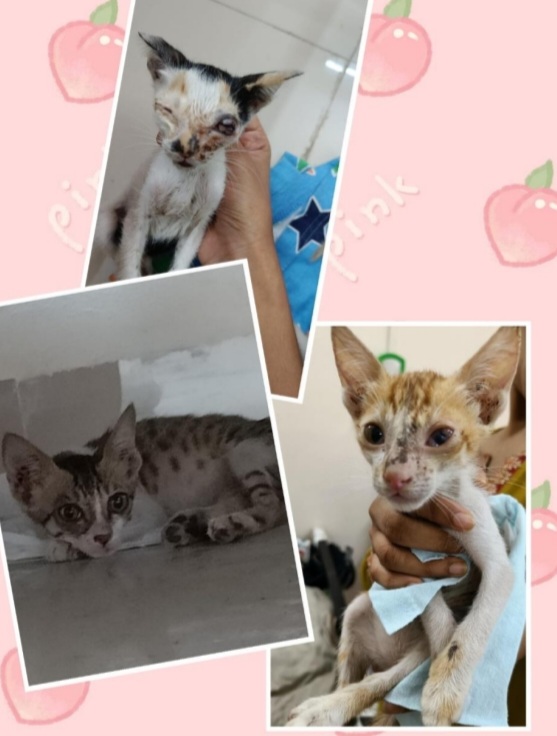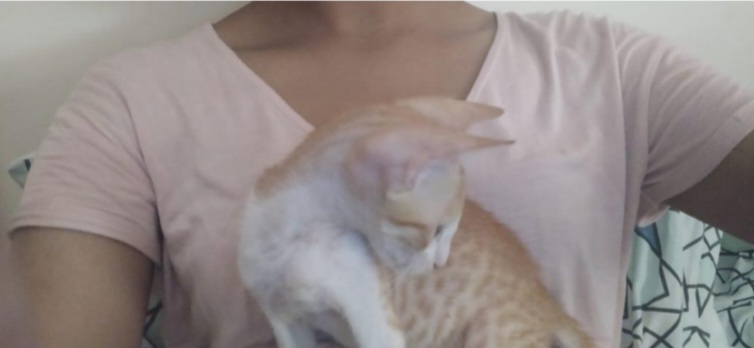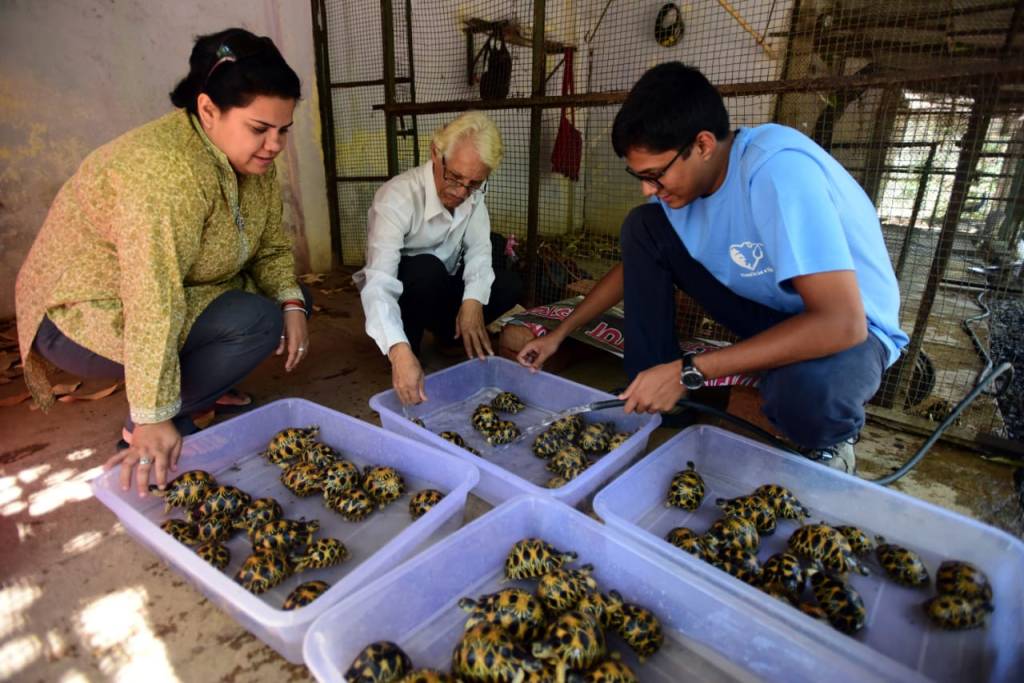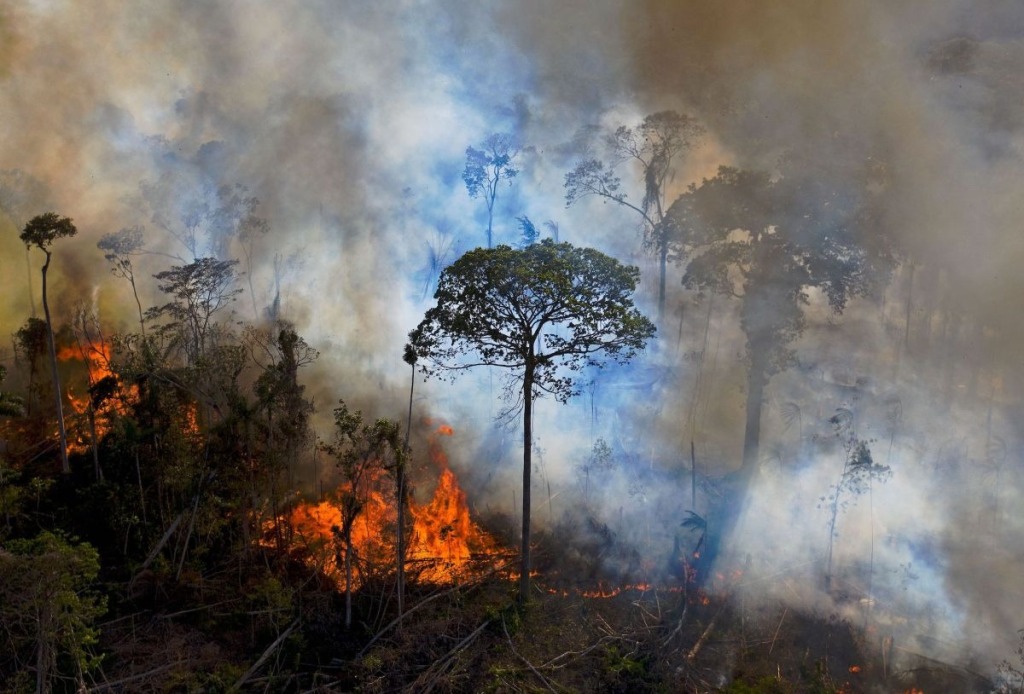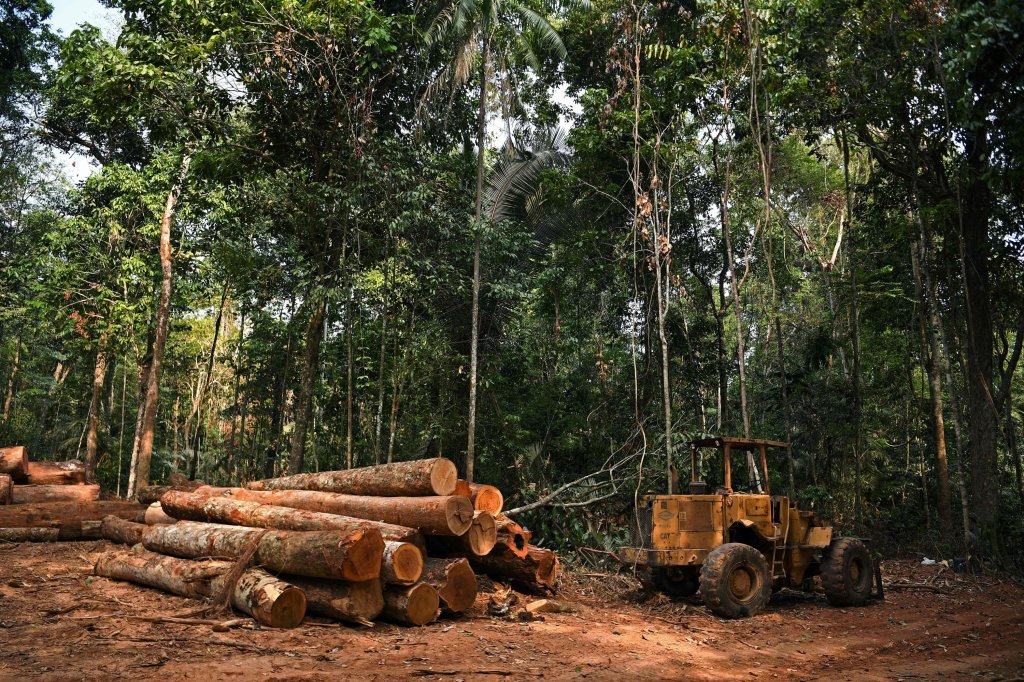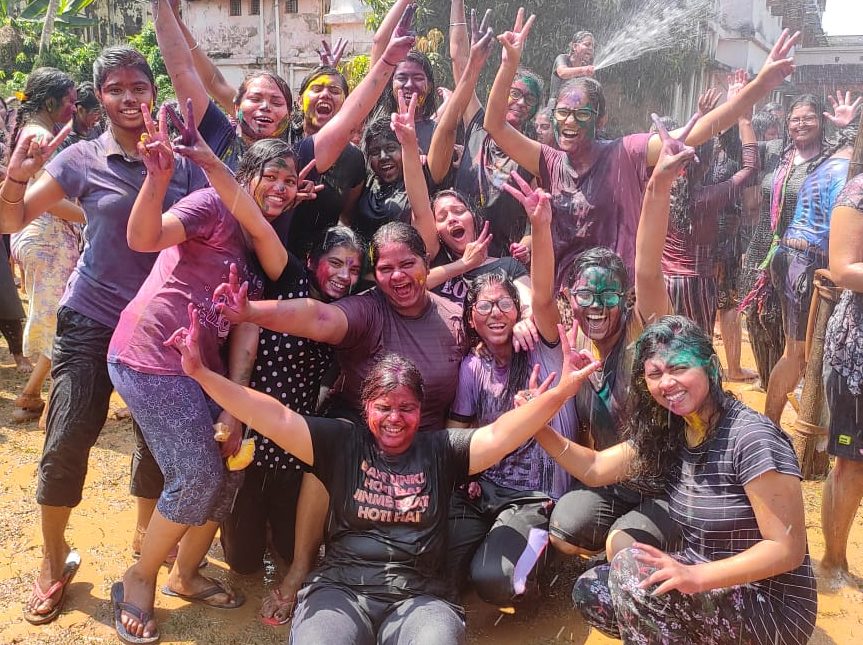In recent years, with changing lifestyles, improvements in human-animal relationships and advancements in veterinary research and medicine, we have seen a rise in pet cancer research and awareness. However, cancer is not a new disease. In fact, cancer has been a part of the animal kingdom since the era of dinosaurs. Evidence of cancer in duck-billed dinosaurs, that roamed the surface of the Earth as far back as 7 million years ago, has been found. Ancient civilizations, dating back thousands of years, identified and documented cancer in both people and animals, including written records of cancer in animals in Egypt.
The origin of the term “cancer” is attributed to Hippocrates, who was the first to draw parallels between a crab and the finger-like spreading projections from the lesions of cancer. He referred to tumours as “carcinomas” which is the Greek word for a crab. A roman physician, Celsus, later translated it to “cancer” which is the Latin word for a crab.

A cancer cell resembling a crab
What exactly is cancer? The textbook definition of cancer would be “a growth of cells that proliferates without control, serves no useful function and has no orderly arrangement”. It simply means that cancer is a mass of cells that have lost the ability to inhibit or cease multiplication upon contact with another cell.
Having to learn that your pet has cancer and the entire process of treatment could be an extremely harrowing experience. Although, cancer when caught at an earlier stage, increases the chances of a successful treatment outcome by many folds. In order to be able to detect it early on, pet owners must always look out for these typical signs and symptoms in their pets, although a presence of these symptoms may not always mean that the animal is suffering from cancer. The signs to check for include:

- Any unhealing sores or wounds on the animal
- Presence of unexplained and persistently growing lumps and bumps underneath the animal’s skin which are most commonly found in the mouth and groin region
- Discolouration of skin
- Changes in appetite and a sudden loss of weight
- Bad odour emanating from the natural orifices of the body
- Abnormal discharges from the eyes, mouth, ears or rectum
- Loss of stamina and a reluctance to exercise or play
- Evidence of pain
Research and development in cancer treatment is still ongoing with many options for vets to choose from today. The development of cancer treatment for both humans and animals has always and will always go hand in hand. Surgery was amongst the first treatments to have emerged for cancer. Although, surgical removal of cancer did not always ensure complete and permanent eradication. Doctors, have hence always had to contemplate the risks and the recovery chances in case of surgery. Next in line came radiation therapy whose origins lie in the aftermath of the discovery of x-rays in 1895 and of radioactivity in 1896. Richard Eberlein, a German veterinarian was the first to use radiation therapy in animals. This was followed by the advent of chemotherapy. Chemotherapy was developed at the beginning of the 20th century when during World War II, it was discovered that people exposed to nitrogen mustard showed a significant drop in WBC counts in their body. This led researchers to further investigate if nitrogen mustard could be used to retard the growth of the uncontrollably multiplying cancerous cells. The credit for the development of hormonal therapy for cancer goes to Charles Huggins who, by studying the prostate glands in dogs, discovered that the growth of cancer was dependent on the natural hormones of the body. He discovered that reducing the male sex hormones or increasing the female hormones could treat prostate cancer. Immunotherapy is also among the many treatment options available today where the animal’s own immune system is used to fight the cancerous cells.
There is no single best treatment for all cancers. For some cancers, the best approach is one that combines surgery, radiation therapy, and chemotherapy. Tumours and other cancers that are confined to a localized area are often best treated with surgery or radiation therapy. Chemotherapy has the advantage of treating cancer cells that have spread from their original location. In other cases, radiation or chemotherapy is used to shrink a tumour to a size that makes surgical removal possible or more likely to succeed. Radiation or chemotherapy may be used following surgery to kill any cancer cells that may remain.
Genetic studies have linked multiple forms of cancer with specific breeds of dogs and cats and more will likely be discovered as genetic markers are identified. Most cancers, however, arise from mutations that occur to genes during the animal’s lifetime that were not present at birth. Other causes of cancer include environmental pollutants, topical exposure to older generation insecticides and an increase in the accumulation of known carcinogens from second-hand cigarette smoke. Dogs and cats can develop lymphoma after contracting the feline leukaemia virus (FeLV). It is known that sex hormones also play a role in cancer. In addition, solar radiation increases the risk of haemangioma and hemangiosarcoma on the skin of dogs, especially those with a sparse or lightly coloured coat. Diet, exercise and body weight also contribute to cancer.
The most common types of cancer seen in pet canines and felines could be summarized as follows:
| Species | Cancer Type | Organ affected | Appearance | Image |
| Dogs and cats | Lymphoma | Organs that function as part of the immune system such as the lymph nodes, spleen, and bone marrow | A lymph node affected by lymphoma will feel like a hard, rubbery lump under the dog’s skin | |
| Dogs | Transmissible Venereal Tumour | Deep within the preputial, vaginal, or nasal cavity | Cauliflower-like, pedunculated, nodular, papillary, or multilobulated structures on and around the skin of the genitalia | |
| Dogs and cats | Mast Cell Tumour | Skin | Firm, solitary, slow-growing masses of the skin | |
| Dogs and cats | Mammary Tumour | Mammary Glands | Palpable masses underneath the skin of the abdomen that are firm and nodular | |
| Dogs and cats | Squamous Cell Carcinoma | Skin, oral cavity and digits | Appear as a raised lump with a rough surface resembling a wart | |
| Dogs and cats | Osteosarcoma | Limbs and other parts of the body such as skull, ribs, vertebrae, pelvis, etc. | A swelling, soft or hard that increases over time, can be associated with a bone tumour wherever it grows on the body. | |
| Cats | Fibrosarcoma | Muscle and other soft tissues | Lumps just underneath the surface of the skin of the head, legs, in the mouth and most commonly in the area in between the shoulder blades. | |
| Cats | Leukaemia(Feline Leukaemia Virus) | Causes lymphoma and fibrosarcoma most commonly | – |
Cancer, no doubt, is an overwhelming, exhausting and scary disease. Though the cause of any particular cancer is very difficult to decipher, it definitely is possible to prevent it from occurring in the first place. Some prevention measures include:
- Providing good quality nutritious food and adequate exercise to the animal
- Paying attention to any changes in health and making regular visits to the vet also help keep track of any cancerous growths
- Neutering of males and spaying of females before the first heat significantly decreases the risk of cancer development
Cancer may seem terrifying, but with the right information, guidance, strategy and support, it can be managed, and if lucky, even eliminated. It is of prime importance that the owner continues to have faith in the process and makes sure to provide the animal with utmost love and care during this time because these animals are always there for us, selflessly and it’s the least we could do for them.

